Flight Controller Integration:
The “F7” in the name suggests that the ESC has an integrated flight controller with an F7 processor. F7 processors are known for their higher processing power and additional features compared to previous generations.
BLHeli32 (BL32) Firmware:
BLHeli32 is an advanced firmware for ESCs that provides several benefits, including improved performance, more robust motor control, and support for features like bidirectional DShot.
Current Rating (50A):
The current rating indicates the maximum current that the ESC can handle. A higher current rating is suitable for more powerful motors and aggressive flying styles.
4-in-1 Configuration:
The “4-in-1” design means that all four ESCs are integrated into a single board. This configuration simplifies wiring and reduces the overall footprint on the drone.
Voltage and Cell Count:
Check for compatibility with your desired voltage and LiPo cell count. Some ESCs are designed for 4S (4-cell) or 6S (6-cell) batteries.
Size and Mounting Holes:
The physical dimensions of the ESC and the mounting hole pattern are crucial to ensure compatibility with your frame. Common mounting hole patterns for 30.5×30.5mm or 20x20mm are standard in the FPV community.
Telemetry Support:
Some ESCs support telemetry, allowing you to receive real-time information about your motors and ESCs on your FPV goggles or radio transmitter.
DShot Protocol Support:
DShot is a digital communication protocol between the flight controller and ESC. Look for support for the latest DShot protocols for efficient and precise motor control.
Capacitors and Noise Filtering:
Quality ESCs often include capacitors and noise filtering components to ensure clean power delivery to the motors, reducing electrical noise and potential interference.








Package include:
SpeedyBee F7 V3 BL32 50A 4-in-1 ESC


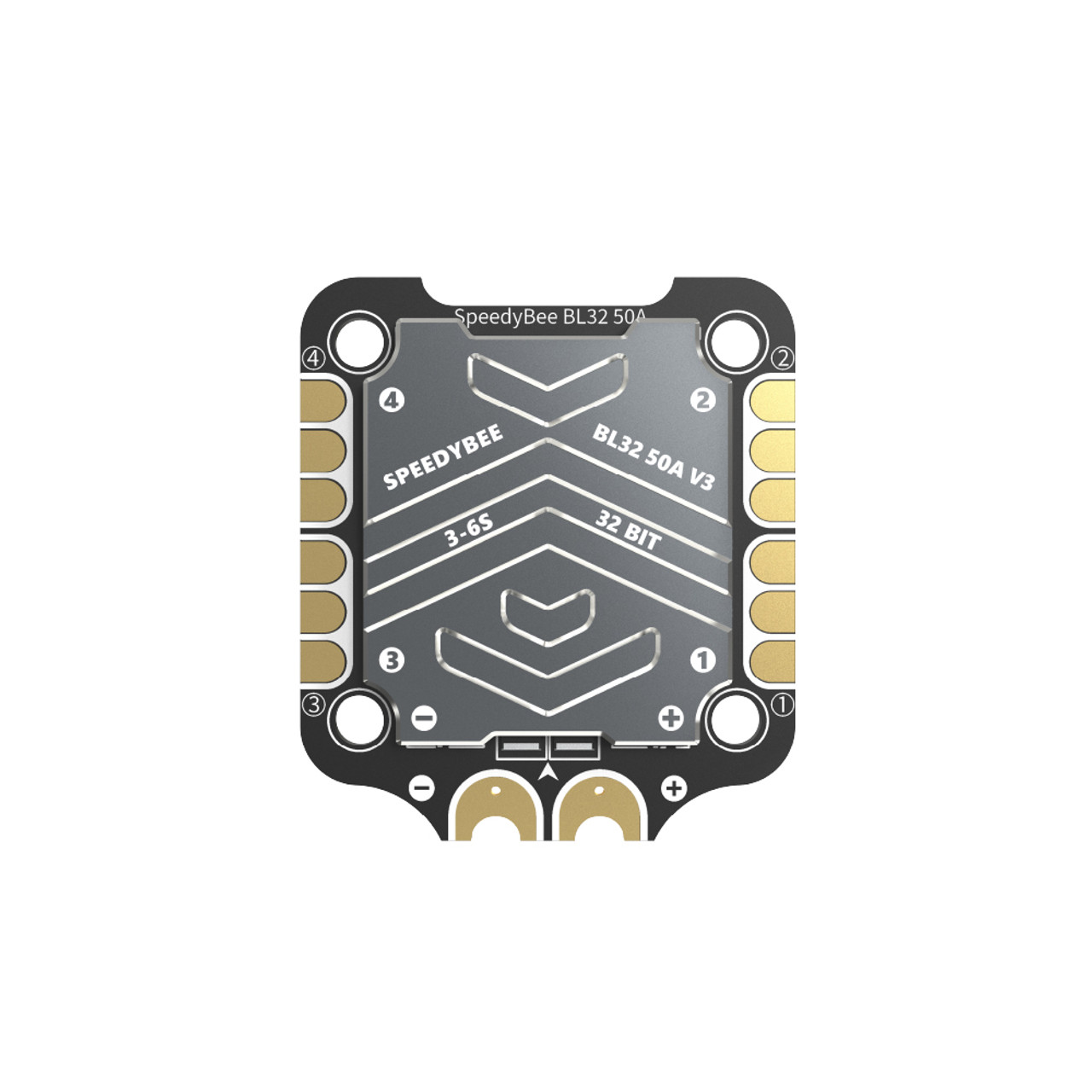
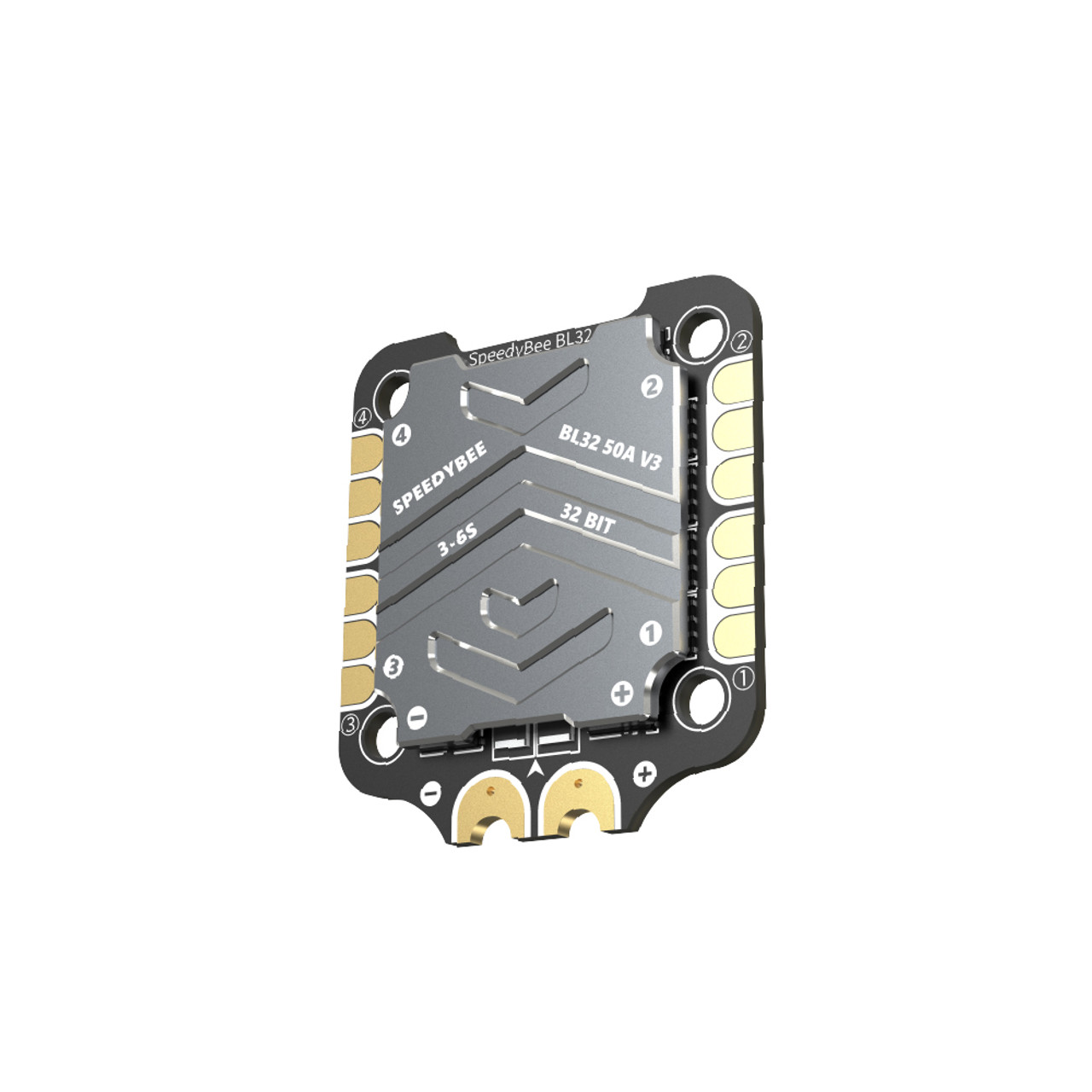

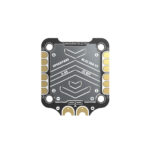
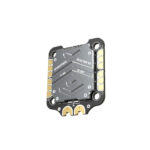
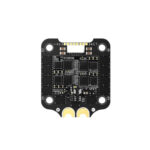
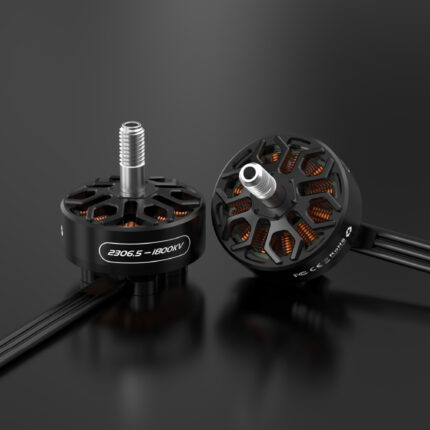
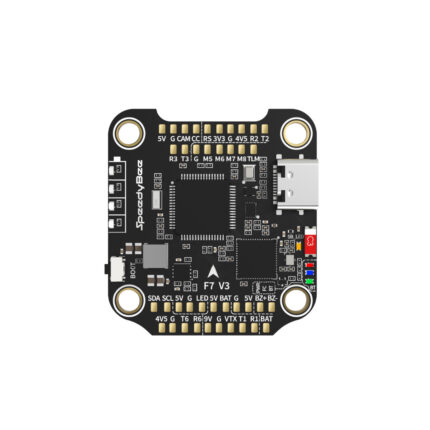

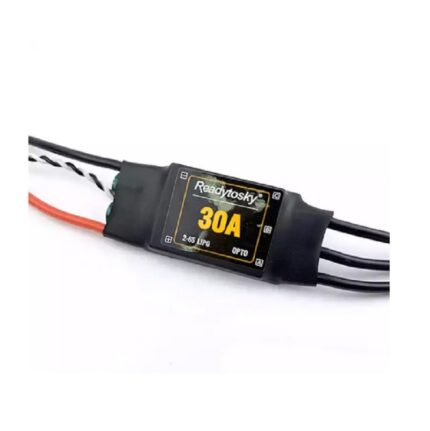
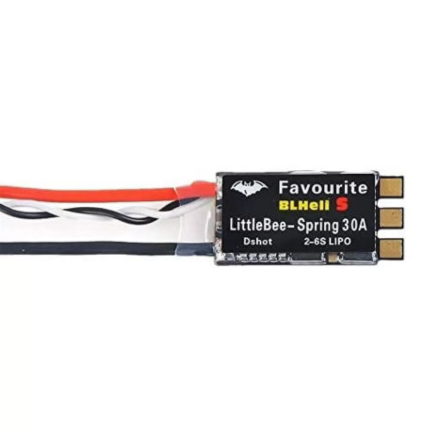
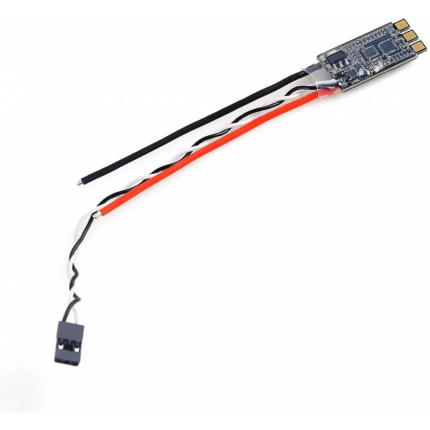
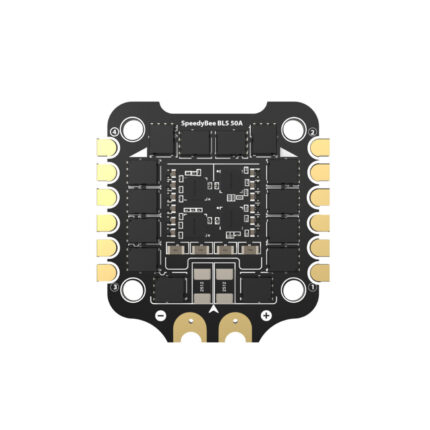

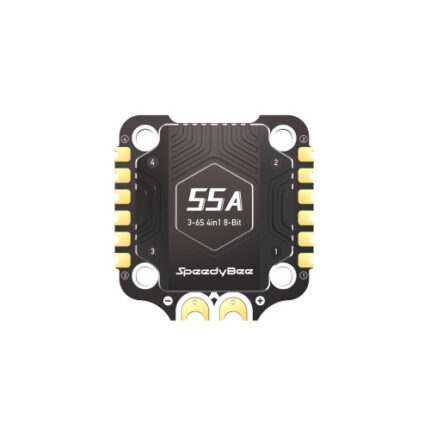


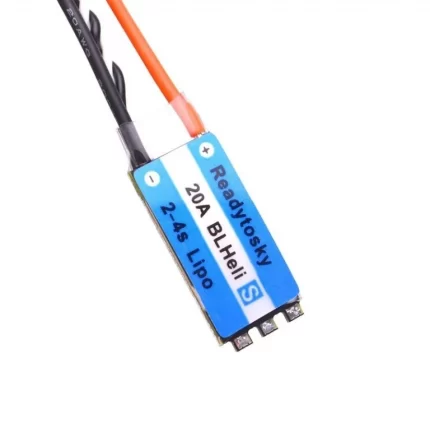
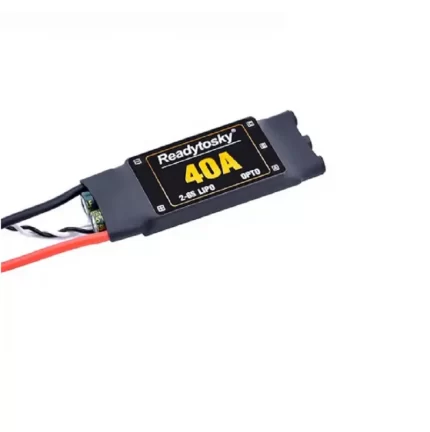
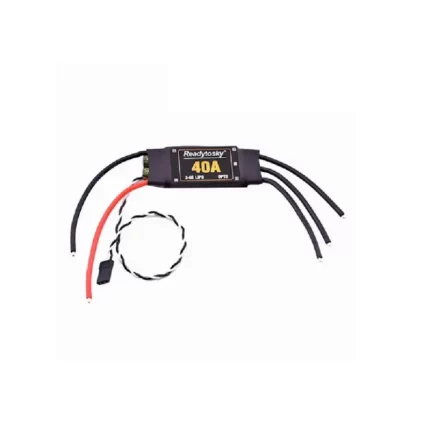


Reviews
There are no reviews yet.